Description
Sodium Hypochlorite: More Than Just Bleach
Sodium hypochlorite, commonly known as bleach, is a powerful chemical compound with a wide range of applications beyond just whitening clothes. While household bleach is a familiar presence, understanding its properties and uses is crucial for safe and effective handling.
What is Sodium Hypochlorite?
Sodium hypochlorite is a chemical compound with the formula NaClO. It is a solution resulting from the reaction of chlorine gas with sodium hydroxide. The resulting product is a clear, slightly yellowish liquid with a characteristic odor. Its strength is measured as a percentage of available chlorine.
Household Applications: The Power of Disinfection and Stain Removal
The most recognizable use of sodium hypochlorite is in household cleaning products like bleach. Its effectiveness stems from its strong oxidizing properties, allowing it to break down stains and disinfect surfaces.
Here’s how it works:
- Disinfection: Sodium hypochlorite kills bacteria, viruses, and fungi by disrupting their cellular structures. This makes it an effective disinfectant for surfaces in kitchens, bathrooms, and other areas prone to contamination.
- Stain Removal: The compound breaks down complex molecules that cause staining, such as pigments in food, dyes in fabrics, and mold.
- Laundry: Used in laundry, it can whiten fabrics and remove stains. However, it’s crucial to use it as directed on product labels, as overuse can damage certain materials and cause discoloration.
Beyond the Home: Diverse Industrial and Medical Uses
Sodium hypochlorite’s applications extend far beyond the household, playing critical roles in various industries:
- Water Treatment: It is widely used to disinfect municipal water supplies, ensuring safe drinking water by eliminating harmful pathogens.
- Healthcare: In diluted solutions, sodium hypochlorite is used as a wound antiseptic and disinfectant, helping to prevent infections. It’s also used in root canal treatments in dentistry.
- Industrial Cleaning: Industries like food processing and manufacturing utilize sodium hypochlorite for cleaning and sanitizing equipment and surfaces to maintain hygienic environments.
- Pulp and Paper Industry: It’s used to bleach pulp in the paper-making process.
Safety Precautions: Handle with Care
While proving its usefulness, sodium hypochlorite is a potent chemical that must be handled carefully:
- Ventilation: Always use sodium hypochlorite in well-ventilated areas to avoid inhaling fumes, which can be irritating.
- Skin and Eye Protection: Wear gloves and eye protection to prevent skin and eye irritation or damage from direct contact.
- Mixing with Acids: Never mix sodium hypochlorite with acidic cleaners (such as toilet bowl cleaners or vinegar). This can create toxic chlorine gas, which is extremely dangerous.
- Dilution: For many cleaning applications, diluting sodium hypochlorite with water is necessary. Always follow the instructions on the product label.
- Storage: Store sodium hypochlorite in a cool, dry place, away from direct sunlight and heat. Keep out of reach of children and pets.
Environmental Considerations
While effective, sodium hypochlorite can have environmental impacts. When it breaks down, it can form byproducts, including potentially harmful substances. It is crucial to use it responsibly and in accordance with local environmental regulations.
In Conclusion
Sodium hypochlorite is a versatile chemical with disinfecting and bleaching properties that make it valuable in various applications, from household cleaning to industrial processes. However, its potency demands careful handling and adherence to safety precautions. By understanding its properties and using it responsibly, we can harness its benefits while minimizing potential risks.



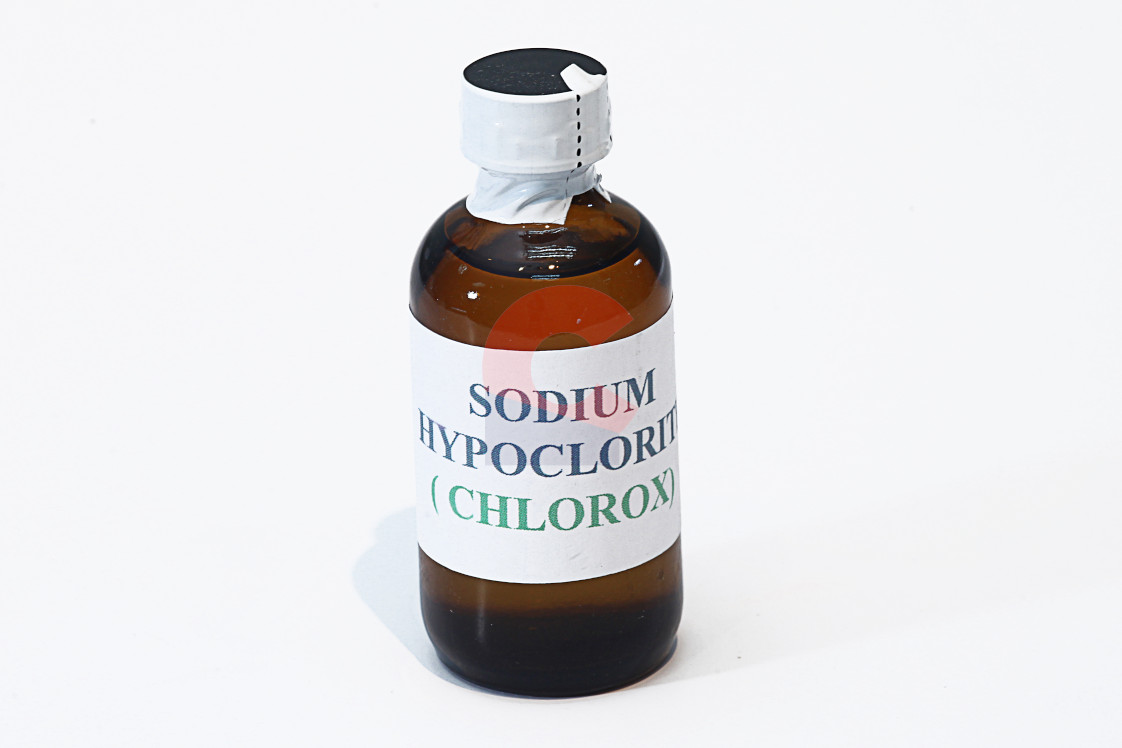
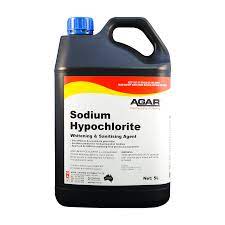
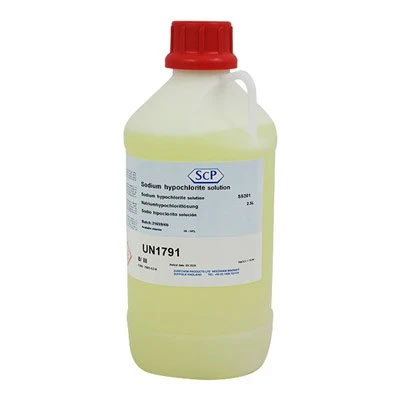
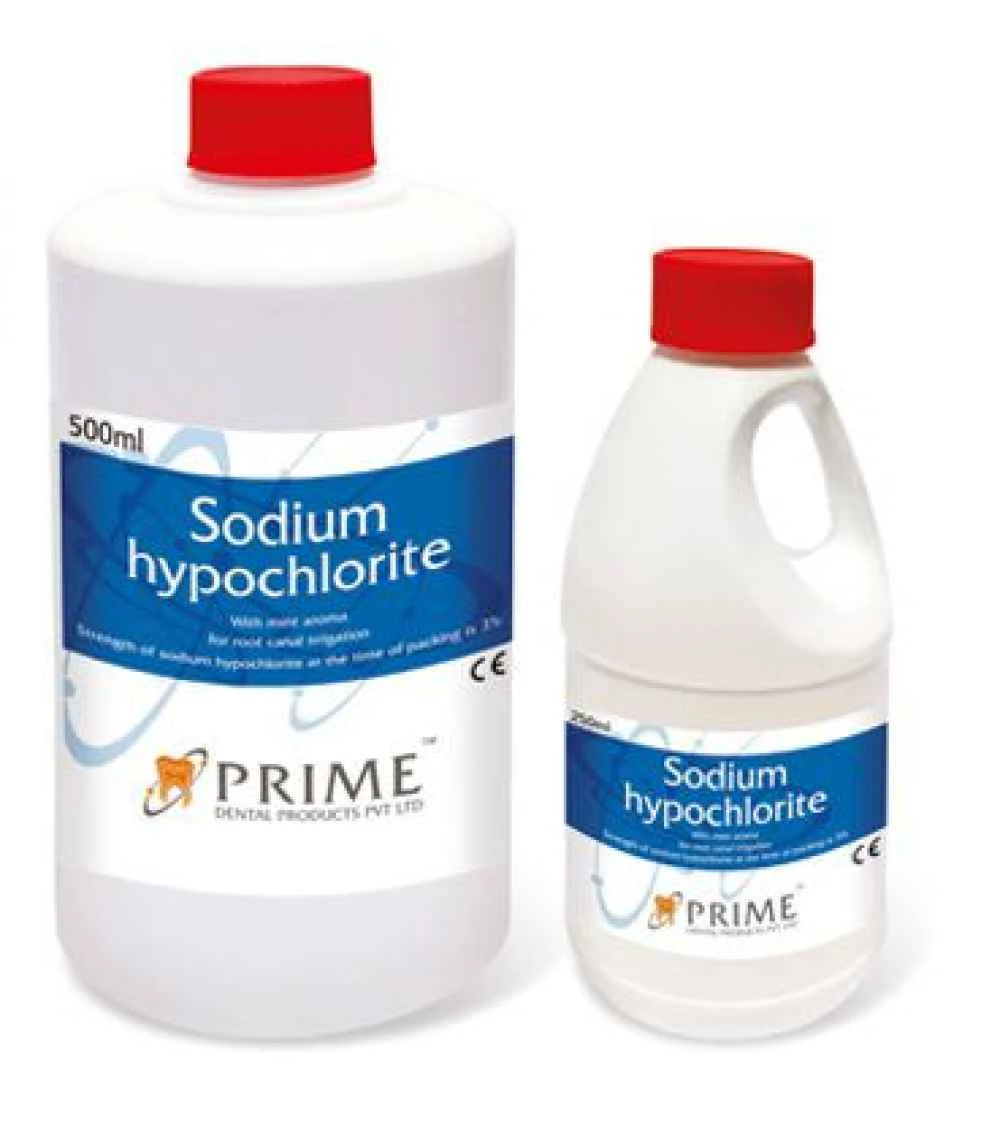

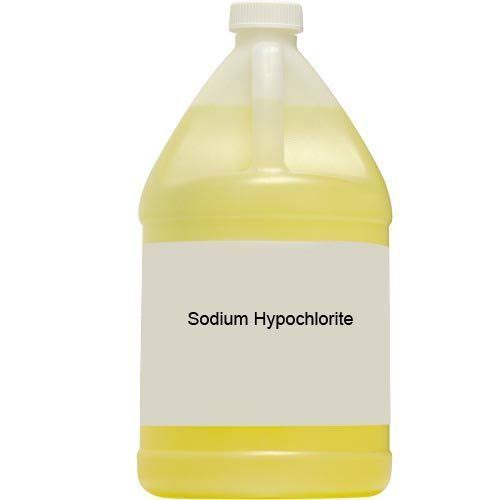


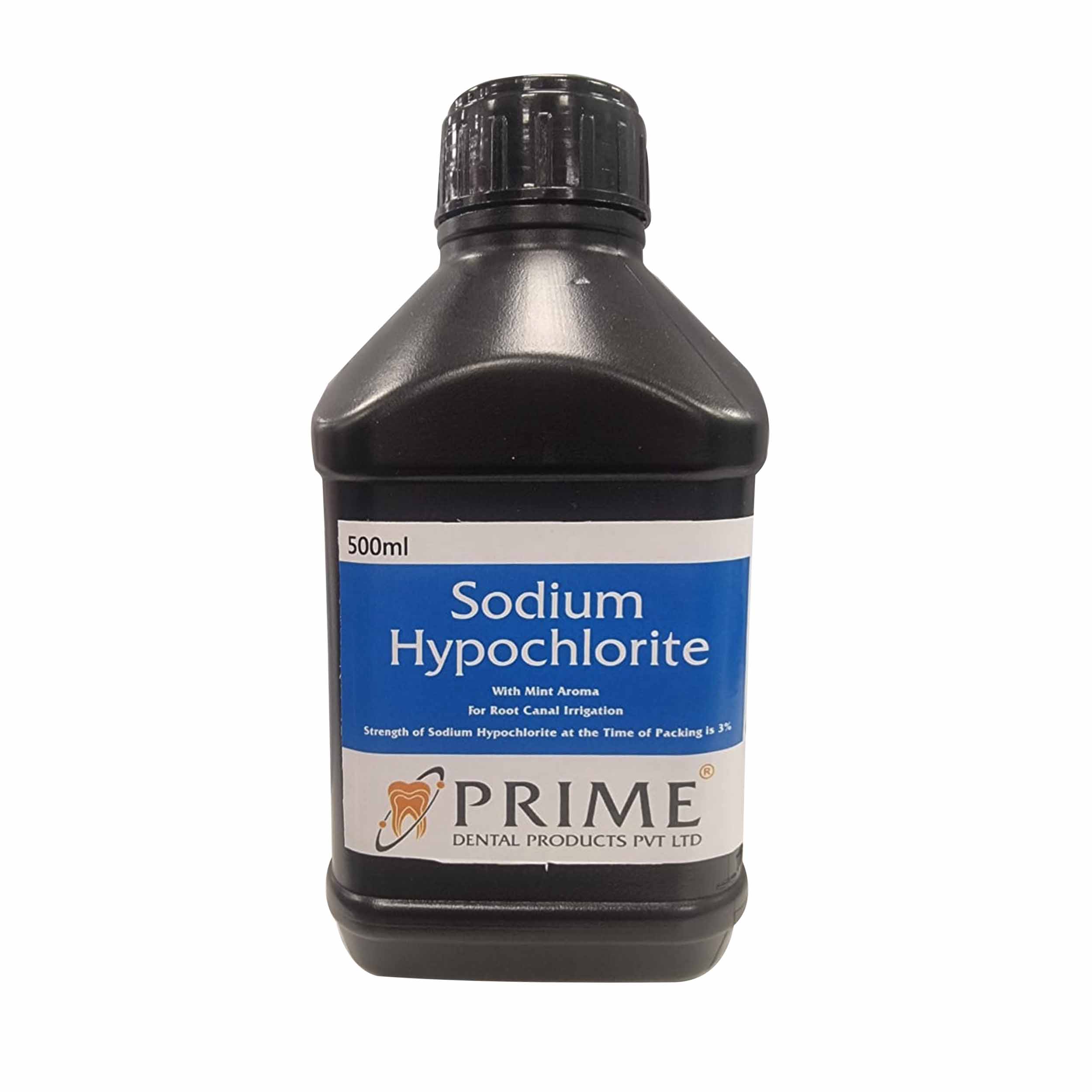
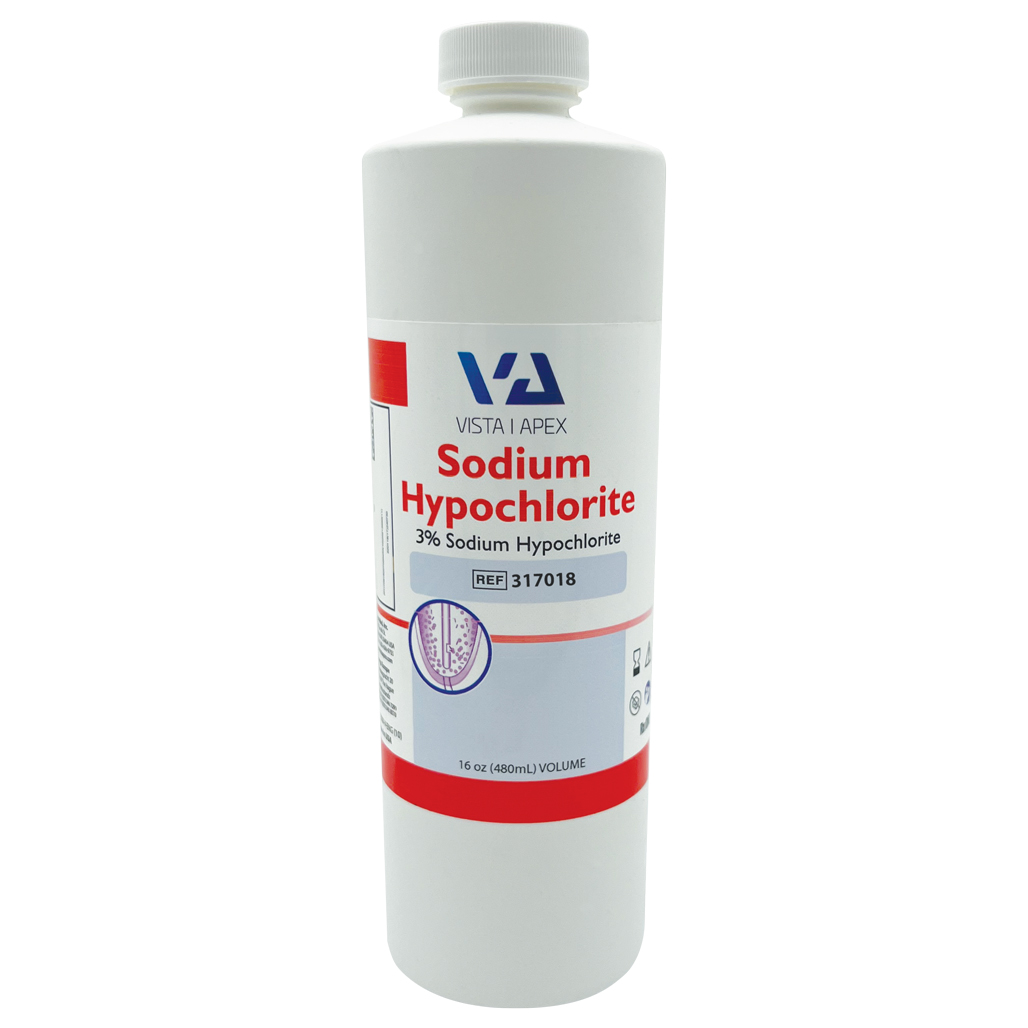





Reviews
There are no reviews yet.